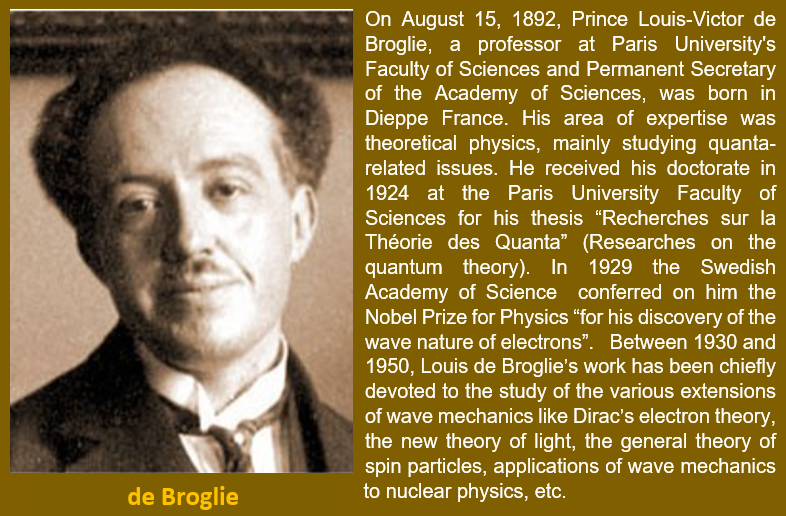
Introduction Of Chapter
The wave character of light was firmly proven by Maxwell’s electromagnetic equations and Hertz’s investigations on the production and detection of electromagnetic waves in 1887. The discoveries of electrons by J. J. Thomson in 1897 and X-rays by Roentgen in 1895 marked significant turning points in our knowledge of atomic structure.
William Crookes made the discovery of the cathode rays in 1870. A few years later, in 1879, he proposed that the rays were made up of rapidly moving, negatively charged particle streams. This theory was verified by British physicist J. J. Thomson (1856–1940).
The speed and specific charge (charge to mass ratio, or e/m)) of the cathode ray particles were first determined experimentally by J. J. Thomson. They were discovered to travel at rates between 0.1 and 0.2 times the speed of light (3 ×108 m/s). As of right now, 1.76 × 1011 C/kg is the standard value of e/m. Moreover, the value of e/m was discovered to be unaffected by the type of gas added to the discharge tube or the material/metal employed as the cathode (emitter).
It was discovered in 1887 that some metals released negatively charged particles with slow speeds when exposed to UV light. Additionally, it has been shown that some metals release negatively charged particles when heated to high temperatures. It was discovered that these particles’ e/m value was equal to that of cathode ray particles. These particles were given the name electrons by J. J. Thomson in 1897, who also proposed that they were basic, universal components of matter.
The world-first oil-drop experiment for the accurate determination of an electron’s charge was carried out in 1913 by American physicist R. A. Millikan (1868–1953). He discovered that the charge on an oil droplet was always an integral multiple of an elementary charge (1.6×10-19C) which was actually the charge of an electron. By knowing the value of charge e and the ration e/m , the mass of the electron was determined first time and that was found to be 9.1×10-31kg.
In this chapter we will study the dual behavior of elementry particles like electrons which behave as a wave in one situation and as a particle in other. Also we will discuss different types of emissions of electrons from the metal surface,
